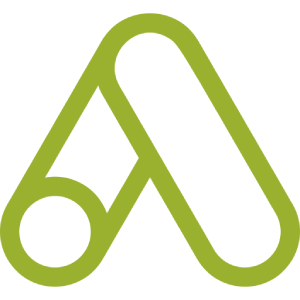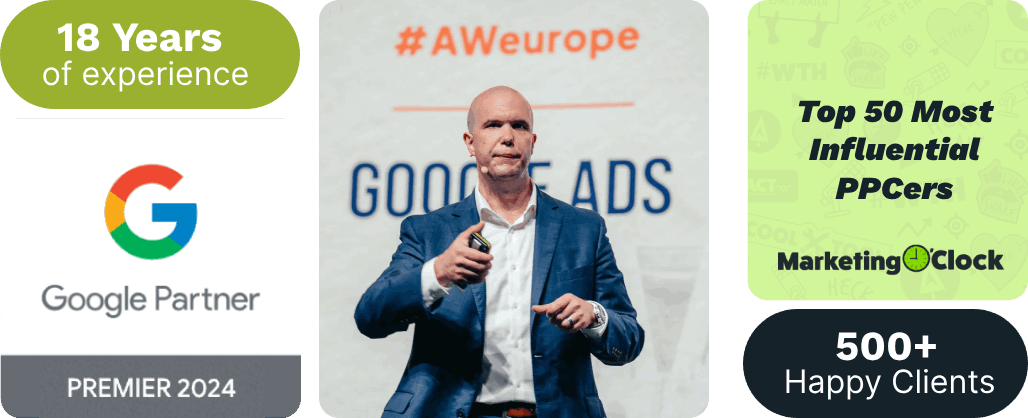
Every business, no matter the size or industry, wants to reach more potential customers so they can grow and increase their profits.
It’s a no-brainer, really.
And guess what? So is using digital marketing to promote your products and services.
Only nowadays, marketers can do so much more than simply create ad content to showcase products. Using digital technology, we can now trace the entire path a consumer takes before they make a purchase to determine which channels (e.g., organic search, pay-per-click, social media) they interacted with along the way.
Why is this so important?

Let’s back up for just a second and talk about Google Analytics.
Google Analytics, in case you need a quick refresher, is part of the Google Ads platform and the most widely used tool of its kind on the web.
It allows companies to track their ROI for their online marketing by letting them see who is visiting their website (or app), how those users are getting there, and what they’re doing after they arrive—specifically, whether or not they’re completing the desired action, such as buying a product, filling out a form, or scheduling a tour.
These actions are called conversions, and they’re the pot of gold at the end of the marketing funnel rainbow. More conversions lead to more sales, which in turn helps businesses grow and scale.

The thing is, it’s not enough just to see where the customer journey ended (i.e., where the conversion happened).
Meaning if you’re just looking at that last click to decide where to put your marketing dollars, you might be missing some key information that could help you spend those dollars more efficiently.
To really understand consumer behavior and reach your ROAS goals, it’s important to see every step the customer took during the life cycle of the conversion. And, as it so happens, Google Analytics has two very nifty tools that help marketers do exactly that.

Say hello to attribution models and the Top Conversion Paths report. Together, these two things provide valuable insight into where your users are coming from and the paths they take before they buy, and we’ll talk about why that’s important.
Let’s first take a look at attribution modeling.
The goal of attribution is to identify which customer interaction (or interactions) is responsible for a conversion so that ROI can be calculated. For example, a sale might begin with an ad, lead to an email campaign, and end with a phone call from a salesperson.
Rather than ascribing all of the credit for a conversion to the very last channel a customer engaged with (i.e., last-click attribution), Google Ads offers several different attribution models to provide more control over how much credit is given to each interaction throughout the entire conversion path.
According to Google, this is important because it allows companies to:
- Reach customers earlier in the purchase cycle: Find opportunities to influence customers earlier on their path to conversion.
- Match your business: Use a model that works best for how people search for what you offer.
- Improve your bidding: Optimize your bids based on a better understanding of how your ads perform.
In other words, knowing which interactions led to the final conversion gives marketers a more holistic view of the customer journey so they can determine where to strengthen the strategies that are working and where to pull back from those strategies that are less effective.
That’s where the Top Conversion Paths report comes in handy.
The Top Conversion Paths report (example picture below) lets you see all of the different paths your customers took that resulted in conversions, and it also shows you how many conversions came from each path.

Understanding these intricate ebbs and flows of your traffic, and how they connect and overlap, provides another layer of understanding about the paths people take before they buy, which is information you can then use to improve your current campaigns.
So, for example, maybe Google Ads first introduced a customer to your brand, but they went through several other channels before making a purchase directly from your website. If you attribute the sale only to that web page, you are essentially ignoring the importance of paid ads and their role in introducing consumers to your brand.

Remember, the conversion is a multi-step process that evolves from awareness to interest to decision and final action, and each step holds weight when it comes to understanding how customers go about purchasing goods and services.
The Top Conversion Paths report gives you a bird’s-eye view of the entire process so you can see which conversion paths are the most traveled, so to speak.
And there you have it!
Just a few reasons why it’s a good idea to keep the whole picture in mind when determining the best way to allocate your marketing dollars.
Did we mention our Google Ads team is a Google Premier Partner?
Let’s face it, Google Ads is a robust platform with countless tools and tricks for tracking campaign performance, but the average business owner has enough to worry about without dedicating hours and hours to putting those tools to use.
Lucky for you, that’s what we live for.
Whether you have more questions about attribution modeling and conversion paths or you’re ready to get immediate clarity with a free growth plan, the team at Solutions 8 can help you get where you need to be. Reach out to us today!
Author
Patience is the former director of marketing and communications for Solutions 8. A phenomenal content writer, copywriter, editor, and marketer, she has played a prominent role in helping Solutions 8 become an authority in the Google Ads space. Patience is also the co-author of The Ultimate Guide to Choosing the Best Google Ads Agency and You vs Google.
 Patience Hurlburt-Lawton
Patience Hurlburt-Lawton










